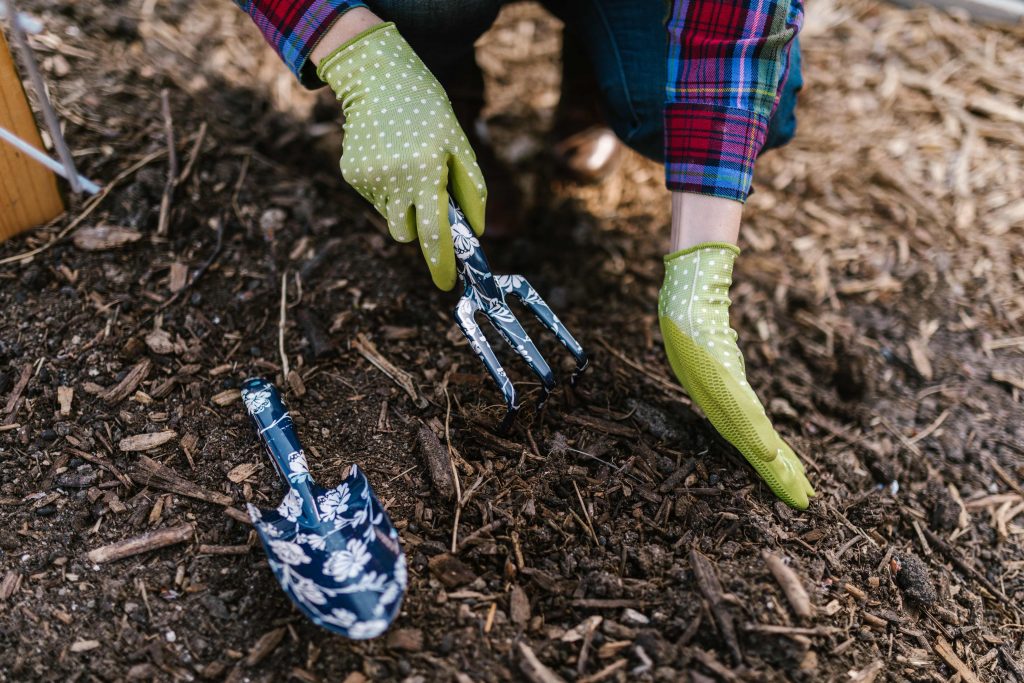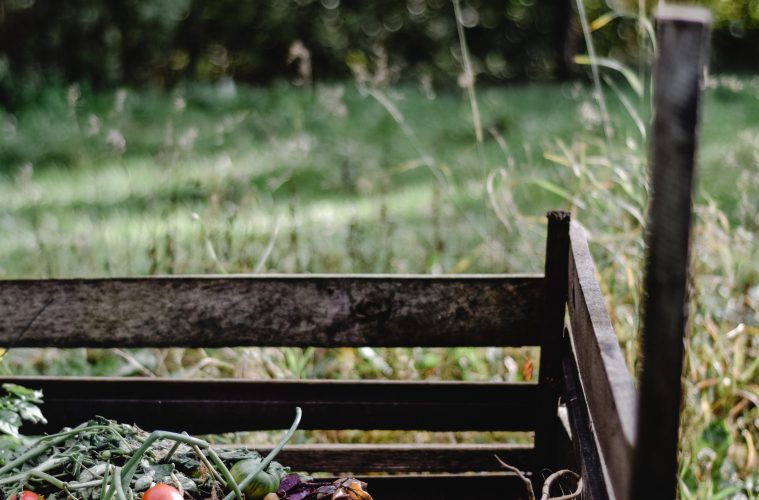Composting doesn’t just have to refer to a smelly heap of rotting fruit peels at the bottom of the garden that everybody avoids. If it is managed properly your own compost heap will be the source of invaluable organic matter which will save you money and nourish your garden.
Plastic composters (available from hardware stores and garden centres) are a useful way of keeping your decomposing heap neat and organised. Almost any vegetable matter, garden cuttings (not weeds) or fruit and vegetable peels can be thrown into the compost. Egg shells are great for adding calcium and banana peels for potassium. Used tea bags and coffee grounds, the used bedding of pets like rabbits and hamsters – these all add busy microorganisms which will do the work of breaking everything down into compost. Avoid any meat scraps or droppings of animals that eat meat, you will just land up with a rodent problem!
The recipe for traditional composting is a mixture of “green” materials which are high in nitrogen, and brown materials which are high in carbon, air and water. It is important to turn over the contents of your compost heap every couple of weeks. This helps to aerate it which speeds up decomposition. You can also buy compost activators at most garden centres which help to speed up the process.

Bokashi
What do you do if you live in a flat or a townhouse complex where a compost heap would be antisocial but you would still love to try producing your own plant food and reduce your carbon footprint a bit? Try your hand at making bokashi, a form of indoor composting that uses fermentation to break down most kitchen waste in an odourless and clean container which can happily sit on your kitchen counter.
The principle is simple – a starter is used to begin the fermentation process and almost anything can be added to your bokashi, including bread and meat scraps. The result is an organic and highly nutritious compost plus a liquid fertiliser which is high in micronutrients.
Feature image: Eva Elijas/Pexels
ALSO SEE: COMMON HOUSEPLANT PROBLEMS TO AVOID


